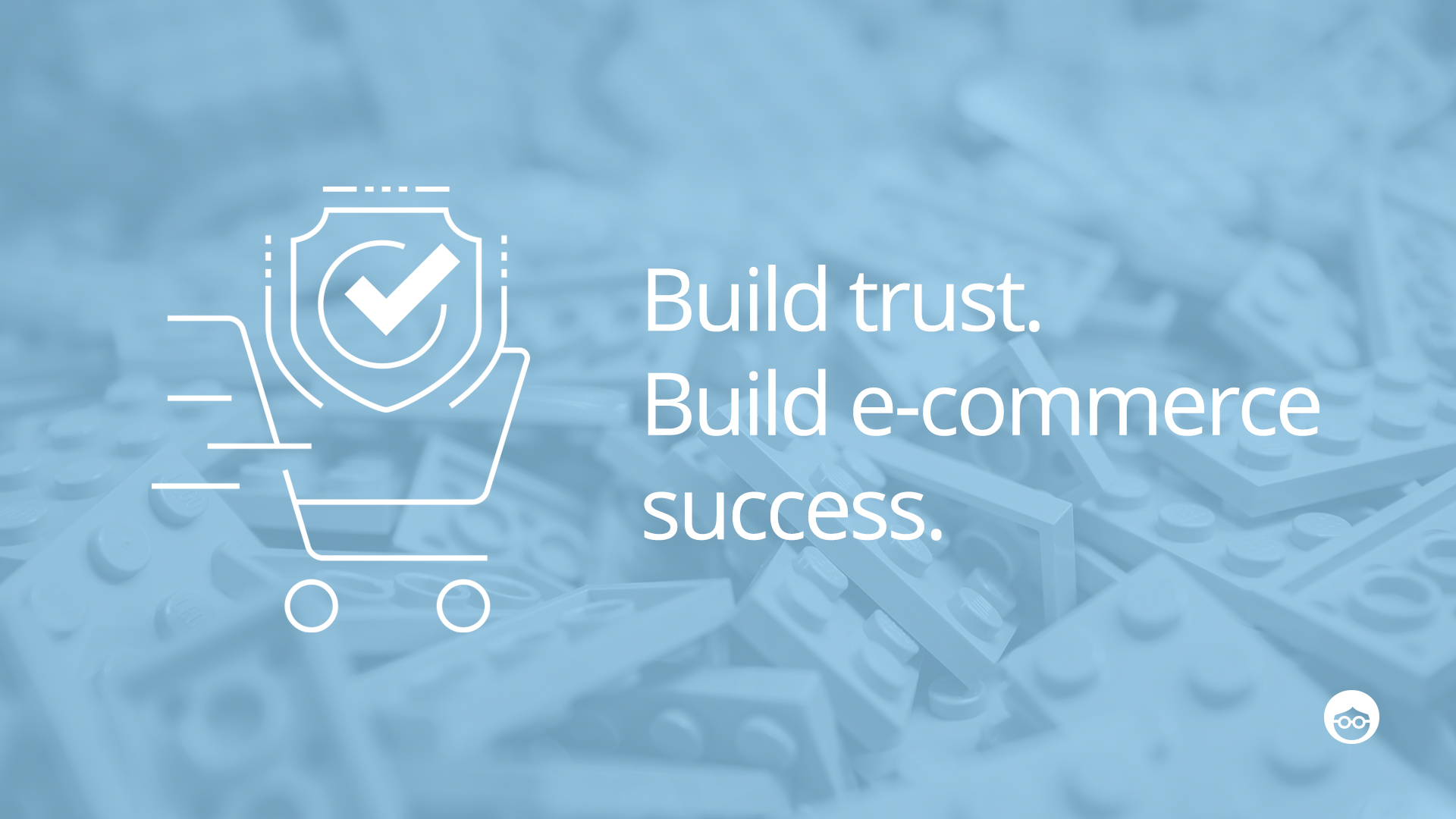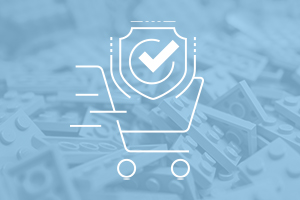10 Ways to Earn Customer Trust on Your E-commerce Site

Establishing trust with your online customers fuels their first purchases and keeps them coming back for more. Online advertising, digital marketing, and search engine optimization help create your business’s credibility, but you need more features on your e-commerce site to continue building trust with your customers. In addition to an easy-to-use interface, seamless website operation, and top-notch customer care, the following features can help you do just that:
- Professional looking, organized site
- Site security
- Trust signals
- Client testimonials and reviews
- Guarantees
- Promotional content
- Chat support
- Search feature and filters
- No hidden costs
- Share buttons
1/ Professional looking, organized site
Your site should look legitimate and professional at first glance. Make sure your web designer organizes the site navigation, menu options, product categories and tags with a consistent color scheme and imagery, ensuring users know exactly where they’re going when they click on a link. When visitors get confused, they’re more likely to get frustrated and bounce from the page. In short, make it as easy as possible for your visitors to find what they’re looking for.
2/ Site security
A lock icon next to a URL indicates a secure sockets layer (SSL), a form of advanced security that handles sensitive information such as customer names, phone numbers, emails, and credit card numbers. This means the connection is secure and any information shared on the site is encrypted. It’s essential for online retailers to keep all online data private and secure.
Customers who visit your site will automatically know you have security in place by checking that you have migrated to an HTTPS precursor, or hypertext transfer protocol secure, in your URL. Savvy online shoppers know to look for that – and the lock icon – before making an online purchase.
Check with your hosting provider to get an SSL/HTTPS. It may offer one as part of your hosting package.
3/ Trust signals
Trust signals are images displayed on e-commerce websites and at physical points of sale that help customers feel secure in their purchasing decisions. Like a BBB rating, these logos offer proof of a business’s trustworthiness. Trust signals come from various companies and bodies, and they make prospective customers feel better about doing business with you.
According to a survey by Baymard, respondents prefer seeing these trust signals online:
- Norton Secured (40.9%)
- Google Trusted Score (22.5%)
- BBB (14.4%)
4/ Client testimonials and reviews
BrightLocal reports that 91% of 18- to 34-year-old customers treat online reviews like personal recommendations. These reviews include everything from online customer testimonials, like Yelp posts, to word-of-mouth accounts from satisfied customers. Client testimonials and reviews give your site more credibility and help customers trust you because people just like them took the time to talk about their experiences with your business.
Don’t be shy about asking for and sharing customers’ experiences about your products or services.
5/ Guarantees
Many businesses offer some sort of guarantee, from a 30-day return policy to a one-year parts and labor warranty. Keep your promise front and center to assure visitors of your trustworthiness. Let them know there’s a certain time frame to get their money back if they’re dissatisfied with your products. Even a service-based business can offer a guarantee on services such as product repairs.
6/ Promotional content
Everyone loves a good deal, so those on the fence about a purchase could be nudged into action by callouts, pop-ups, or emails that offer coupon codes, specials, and flash sales. These promotions also show that you are taking the time to give your customers what they want and update your site regularly.
However, be careful not to interrupt the natural buying process. Include an easy-to-find reject link on pop-ups and banners (a simple “no, thank you” will suffice), and craft any exit-intent pop-ups with caution so as not to shame readers into staying on your site.
7/ Chat support
Your user may have a question that isn’t clearly answered on your site. A chat feature can do wonders for your sales. With just a few clicks, your customers can ask questions, get answers, and start buying without ever having to leave your site.
Forrester Research reports that online shoppers prefer self-service interactions to help them save time as they buy. And with e-commerce sales expected to bring in $3.45 trillion in 2019, a chat feature is vital for enhancing customers’ online experiences and helping that revenue come in.
Some consumers are hesitant to use chat options, especially ones that ask for email addresses. Whenever you ask for emails, reassure customers why you’re collecting them, and assure them they won’t be spammed. Also include an unsubscribe option so they can opt out of messages anytime.
List your contact information, including your email, phone number, and address (if you have one) on your site or in an email signature for those who need to contact you but don’t want to use the chat feature.
8/ Search feature and filters
Make your site visually appealing so your visitors can easily find what they’re looking for. You can further enhance their experience by including a search feature and one or more of the following filters on your home page:
- Popular products
- Featured products
- Products on sale
- Best-reviewed products
- Price low to high
- Color
You can even narrow categories for specific customers by creating filters like “Best for Men.” Listing your hottest deals on the home page and allowing customers to narrow their choices greatly enhances their buying experience.
9/ No hidden costs
Be up front with your shipping, handling, and delivery costs to keep prospective buyers in the know and make them less likely to abandon their carts during the checkout process. If applicable, mention that you waive shipping costs with a minimum purchase amount. Make links to your shipping and return policies easy to find for full disclosure.
10/ Share buttons
Online shoppers may want opinions about potential purchases from their spouses, friends, or other family members before making a decision. Adding customized share buttons to your site makes it easy for users to send links, images , or wishlists to their network through social media apps, emails, and texts. This feature is especially useful for buyers visiting your site from mobile devices because they want to be able to share as easily and quickly as possible on the go.
A final word: No one wants to do business with a person or company that they don’t inherently trust. Use the ten techniques listed above to boost credibility on your e-commerce site and build buyer trust that will bring you results.













